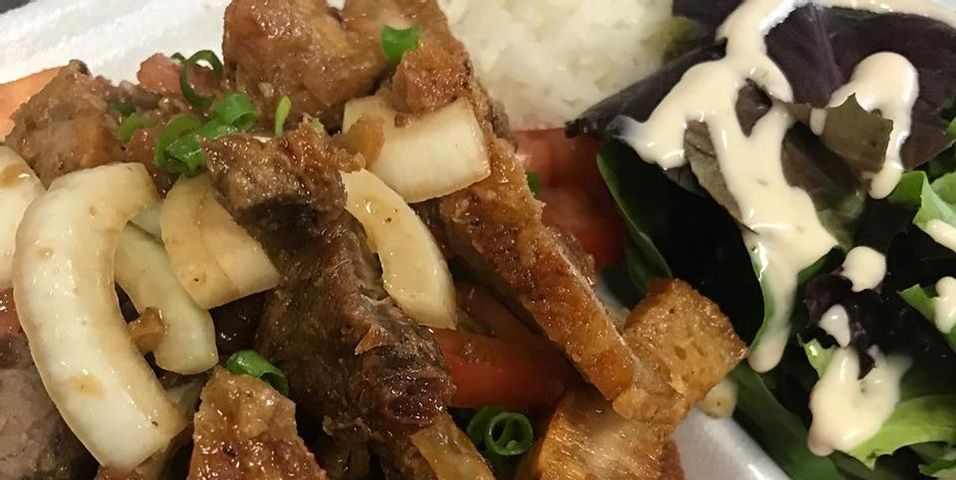
When you visit a Filipino restaurant, you'll be treated to aromatic food that’s full of spices and rich flavors. Located south of China, Japan, and Taiwan and north of Indonesia, the Philippines has a long history of travel and trade with many cultures. This mixture of influences from around the globe has made Filipino food what it is today and sets it apart from other cuisines.
Island Locale
In the past, the food of the Philippines was much simpler than what you find in a Filipino restaurant today. Since it's an island nation, the population depended heavily on seafood in addition to fruit, game, and rice. These foods were cooked without flavorings until trade with Asia increased.
Asian Trade
As seafaring voyages grew more frequent, the flavors of Filipino food changed. From the nations to the north, the Philippines received noodles as well as fish and soy sauces. They also welcomed several spices from Indonesia. Due to heightened trade, Filipinos started using spices and vinegar to preserve and flavor food.
Spanish Influence
 Spanish and Mexican cuisine heavily influenced Filipino food during the Spanish colonial period, which lasted from the 16th to the 19th century. The Filipinos adopted popular European foods, like lavish desserts, hearty stews, and rice dishes, like paella, that were mixed with other ingredients. Spain’s influence lasted almost 400 years, and traces of their presence can be seen in Filipino restaurants today in dishes like lechon and chicken adobo.
Spanish and Mexican cuisine heavily influenced Filipino food during the Spanish colonial period, which lasted from the 16th to the 19th century. The Filipinos adopted popular European foods, like lavish desserts, hearty stews, and rice dishes, like paella, that were mixed with other ingredients. Spain’s influence lasted almost 400 years, and traces of their presence can be seen in Filipino restaurants today in dishes like lechon and chicken adobo.
If you want to have a flavorful lunch at a Filipino restaurant, head to Da Ultimate Grindz Hawaii in Waipahu. This fusion eatery combines Filipino, Asian, American, and Hawaiian selections to serve unique, mouthwatering dishes. View their menu online, or call (808) 888-3872 to place a takeout order. Connect with the team on Facebook and Instagram for the latest news and updates, or read customer reviews on Yelp.
About the Business
Have a question? Ask the experts!
Send your question

